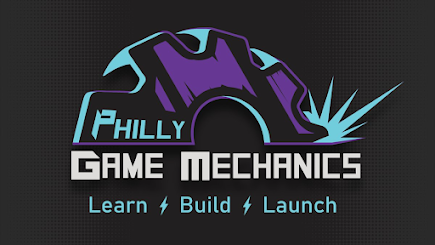The Importance of Animation in Creating Realistic Game Characters
Within gaming's ongoing evolution players seek games where immersive realism assumes the position of necessity. Players seek gaming experiences that create an artificial reality interface between virtual environments and real-world experiences. The realness of modern video games is powered fundamentally by animation techniques in game studio production. Animation in game development activates game experiences by providing realistic movements including subtle facial expressions and fluid combat sequences together with accurate character physics motions.
The Impact of Animation on Game Development
Through animation developers inject true lifelike movement capabilities into game characters while enabling them to naturally respond in ways that enhance player authenticity. Game animations differ from traditional motion frameworks because they need to change based on player actions and game environment changes. The adaptability built into game animations allows characters to perform natural movements and proper reactions along with deeper emotional player engagement.
Newzoo released a 2023 forecast projecting the global gaming sector will achieve $211.2 billion in revenue through 2025 because of improved animation and graphics abilities. The quality of animation in game development accelerates both visual pleasure and player connection which together boosts gameplay success rates.
How Animation Enhances Realism in Game Characters
Lifelike Motion and Physics
Through contemporary animation methods including motion capture (MoCap) alongside procedural animation developers gain the ability to create exceptionally realistic human movements. Through motion-capture technology deployed in The Last of Us Part II and Red Dead Redemption 2 developers achieved superior industry results by converting recorded human actions into photorealistic animations. The technology produces characters that generate smooth yet realistic movements while enabling authentic interactions with their game space and natural believable body actions.
Facial Expressions and Emotional Depth
A skilled animation in game development requires more than physical bodily motion since its storytelling power stems mostly from facial animation. AI-powered facial animation technologies provide developers the ability to produce complex expressions in which reality represents joy and fear alongside determination. Inverse kinematics (IK) enables characters to automatically adapt their limb movements across surfaces thus reducing any potential accidental unnatural-looking action.
Combat and Action Sequences
The development of action games depends heavily on animated sequences to reproduce realistic combat content. Kids need sword slash effects combined with firearm handling effects and Kung Fu maneuvers to stream without delays. When developer Sucker Punch Digital and FromSoftware managed their animations in Ghost of Tsushima and Elden Ring they elevated the overall experience through natural and believable combat movements during player interaction.
The Technology Behind Game Animation
Due to the next-gen gaming revolution advancements in technology transformed animation methods in games. Some of the most revolutionary innovations include:
Motion Capture (MoCap): Massive mainstream video games incorporate MoCap to record human actor sequences that drive hyper-verisimilar animation of characters.
AI-Driven Animation: Mobile character animations emerge through machine learning algorithms that respond to player actions.
Procedural Animation: Electronic characters modify their behavior in-game situations instead of performing prerecorded motions.
Physics-Based Animation: Realistic character movements result from implementing gravity along with momentum into the animation system.
Why Animation Quality Matters in Game Development
Game success together with player retention directly depends on the standards of animation quality that developers maintain. When animations deliver a poor performance they eliminate player immersion while also making gameplay appear mechanized. Research from Unity Technologies confirms that animation quality stands as a fundamental component that determines gamer satisfaction during gameplay. When developers allocate resources to elite animation development they achieve both realistic effects and compelling storylines.
Conclusion
Animation in game development serves as both the technological backbone as well as a core element for creating realistic mind-melting gameplay experiences. Through its combination of subtle facial movements and dynamic fighting animations high-quality animation makes digital personas become actual breathing entities that live in the game world. Game technology advancements will perpetuate ongoing requirements for lifelike animation which will establish future benchmarks for gaming realism.




Comments
Post a Comment